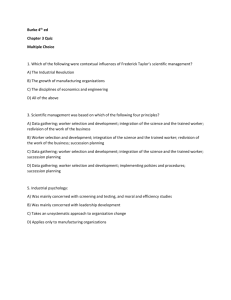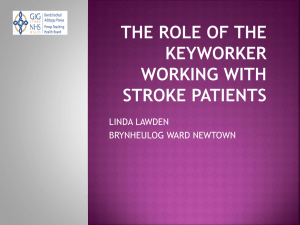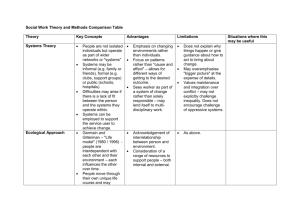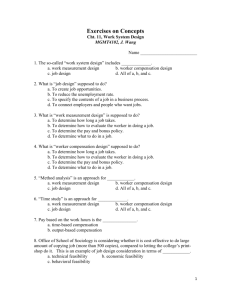Electrical Safety Awareness
advertisement
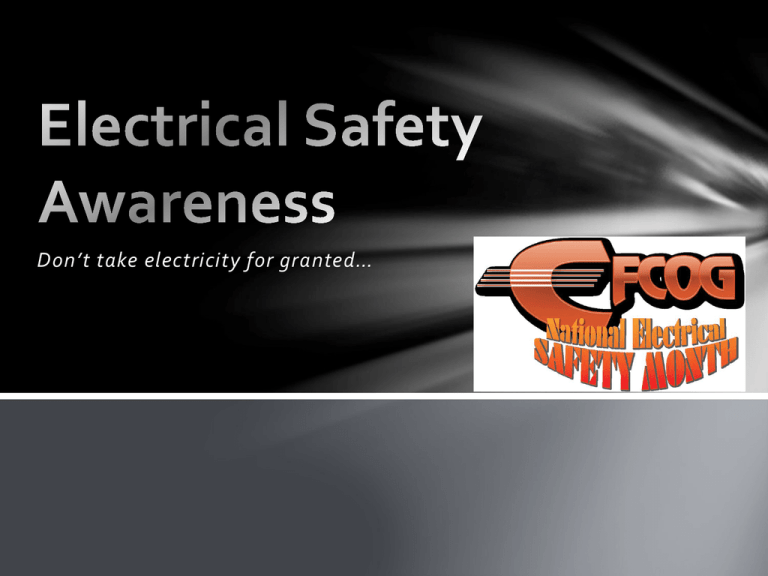
Don’t take electricity for granted… Recent Event Several months ago, a new contract electrician at a DOE site was performing work under a contract. The electrician was asked to perform an additional task by someone not related to the contract or contractor oversight. This task involved deenergizing some lights by lifting leads in a junction box. The electrician proceeded to perform the requested work without authorization, without controls, and without turning off the circuit. Guess what happened? Recent Event The worker was not shocked, injured, burned, or anything else. When asked, this worker, a 40 year licensed journeyman electrician, stated that this work was performed live all the time where he worked before, so he just went ahead and did it the way he always did. The Reality The worker in the event was LUCKY, not good. NFPA 70E – The Standard for Electrical Safety in the Workplace, requires that energized work – lifting leads, in this case – be justified. In the described event, there was no reason for the work to be performed live. In fact, a pre-brief earlier in the day identified that this very activity would require an extensive lockout/tagout. Another Event In 2004, another worker made a decision to replace a breaker in a panel without turning it off. This worker spent a month in the hospital with 2nd and 3rd degree burns over 50% of his body. The reason was the same – it was easier, faster, there was some time pressure…but again, no justification. The outcome, on the other hand, was significantly worse. Worker Responsibilities As an electrical worker – or any worker, for that matter – on a DOE site, NFPA 70E is required to be followed by federal regulation (10CFR851) More importantly, you have a right to a safe and healthy work environment – but that entails certain responsibilities: • Follow site regulations concerning energized work activities • Deenergize whenever possible • Wear appropriate PPE at all times Working Safely The primary cause of electrical safety violations, and ultimately, electrical accidents, is not failed equipment, but failed people. Complacency and inattention kills (and injures) just as certainly as a failed piece of equipment, and much more frequently. 7 Deadly Words The real killers of electrical workers: • • • • • • • “That’s the way I’ve always done it” “My supervisor told me to” “I was in a hurry” “I left my meter in the truck” “I assumed it was dead” “There’s a bonus if we can finish by 5 pm” “I turned off the wrong unit” You’ve heard these words, and their variations, a thousand times before. What are you going to do about it? What to do… Turn it off, lock it out Check it dead Test your meter before and after EVERY TIME Really – how long does this take compared with living a healthy life? Ask yourself… Why does this have to done live? Is this job worth my life? If you don’t like either of the answers, DON’T DO IT. More Information Contact your site’s Electrical Safety Program for additional information on safe work practices OSHA has many additional resources on safe work practices in construction and general industry: http://www.osha.gov/SLTC/electrical/index. html NFPA 70E, The Standard for Electrical Safety in the Workplace, available at most online booksellers










